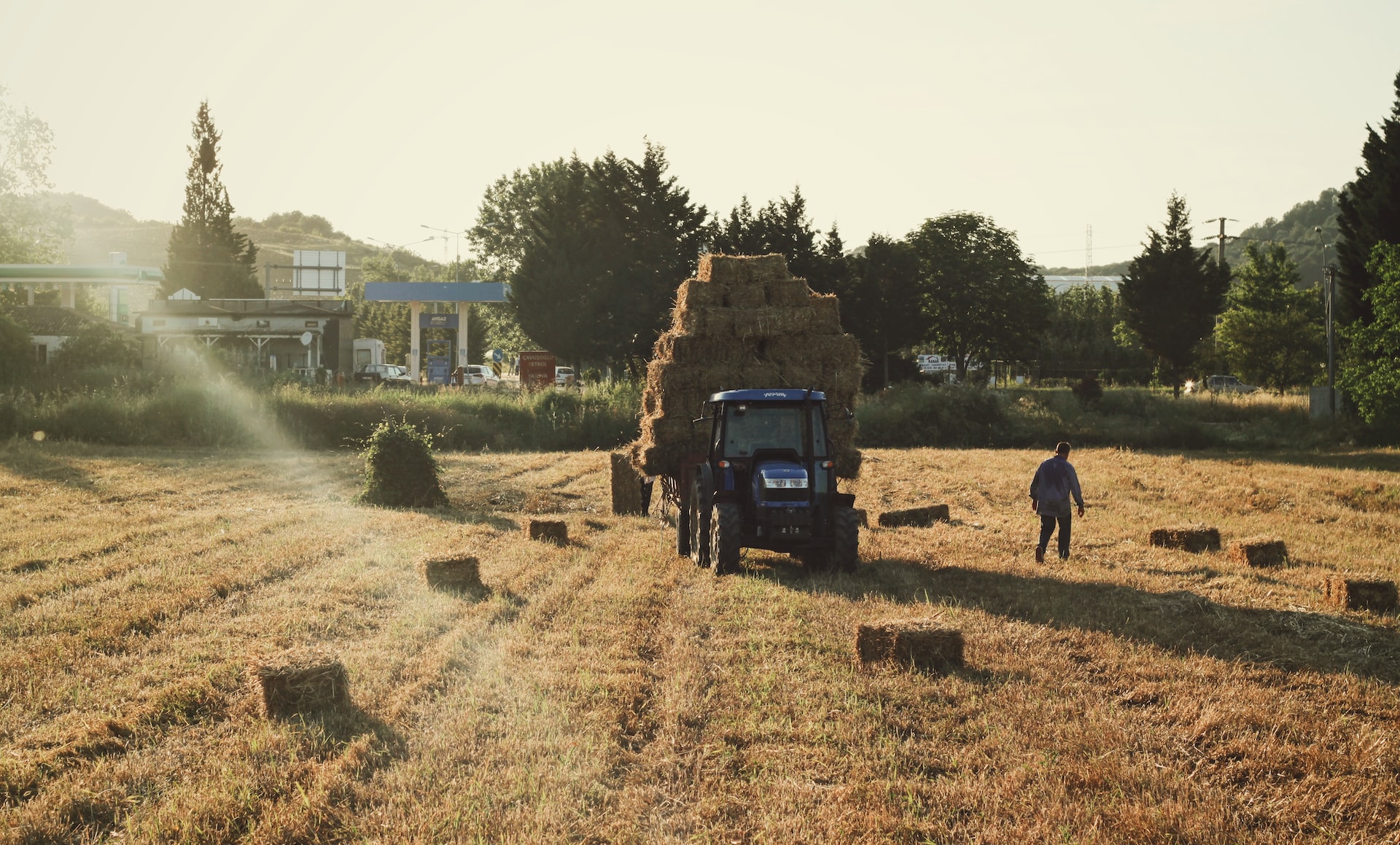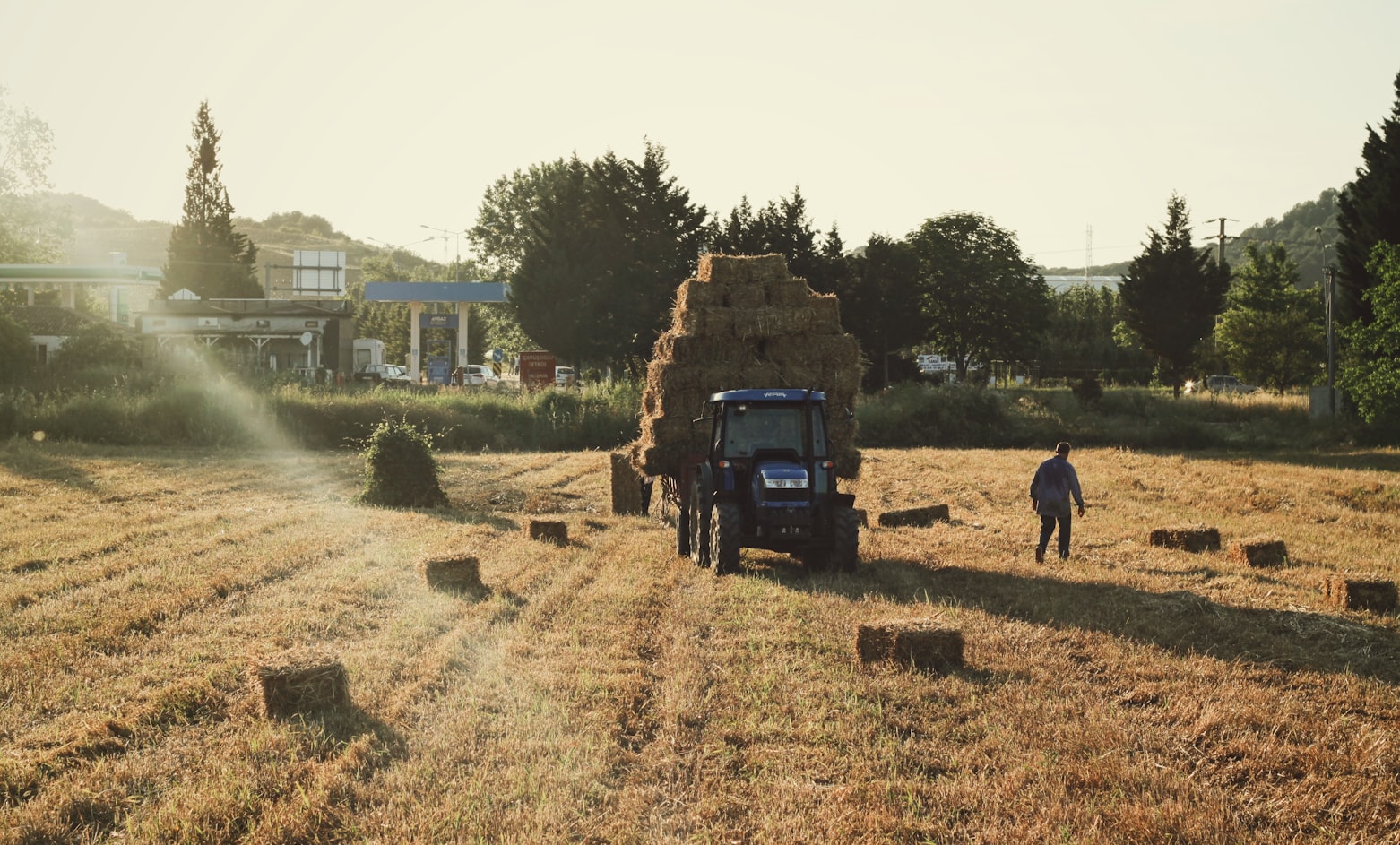The Future Of Countryside Living: How Technology And Innovation Are Shaping Rural Communities

The countryside is often associated with a slower pace of life and a lack of access to modern amenities and technology. However, with advances in technology and the increasing focus on rural development, the future of countryside living is rapidly changing.
Connectivity and access to technology
One of the biggest challenges facing rural communities is access to technology and connectivity. The lack of reliable internet and cellular service can make it difficult for residents to stay connected, access online resources, and participate in the digital economy. However, recent advances in technology, such as 5G networks and satellite internet, are making it possible to extend connectivity to even the most remote areas.
For example, in the United Kingdom, the government’s “Connected Nations” report found that superfast broadband coverage in rural areas has increased from 28% in 2015 to 95% in 2019. This has led to improvements in productivity, education, and access to services for rural residents.

Smart agriculture and precision farming
Agriculture is a major industry in rural areas, and technology is playing an increasingly important role in modernizing and improving the efficiency of farming practices. Smart agriculture and precision farming are two examples of how technology is being used to optimize crop yields, reduce the use of resources, and improve the sustainability of agricultural practices.
For example, precision farming involves using technology such as GPS, sensors, and drones to collect data and optimize crop yields. This can help farmers to use inputs such as fertilizer and water more efficiently and reduce the environmental impact of agriculture.
Telemedicine and e-health
Access to healthcare is a major concern for many rural communities, as many rural areas lack the resources to support a full-service hospital or clinic. Telemedicine and e-health are two examples of how technology is being used to improve access to healthcare in rural areas.
Telemedicine involves using technology such as video conferencing to connect patients with healthcare providers remotely. This can help to reduce the need for patients to travel long distances for medical appointments and improve access to specialty care. E-health is the use of technology to support and improve healthcare, including electronic medical records, telemedicine, and remote monitoring.
Renewable energy and energy efficiency
Rural communities are often at a disadvantage when it comes to energy. They may be far from the power grid and lack access to reliable and affordable energy. However, technology and innovation are making it possible for rural communities to generate their own energy and become more energy efficient.
For example, the use of renewable energy such as solar and wind power can help rural communities to reduce their dependence on fossil fuels and lower their carbon footprint. Additionally, energy efficiency measures such as LED lighting and smart home systems can help to reduce energy consumption and costs.
Impact on Rural Communities
The integration of technology and innovation in rural communities can have a positive impact on economic, social, and environmental sustainability. For example, the use of technology can help to create new job opportunities and support the growth of small businesses. It can also improve access to education, healthcare, and other services for rural residents.
However, it is important to note that the implementation of technology and innovation in rural areas can also have negative impacts such as displacement of traditional ways of living, loss of culture, and social isolation. It is important that any implementation of technology in rural areas is done with the involvement and consultation of the local community and with consideration of the potential impacts.
Conclusion
The future of countryside living is rapidly changing with the integration of technology and innovation. From connectivity and access to technology to smart agriculture and renewable energy, technology is making it possible for rural communities to improve their standard of living and become more sustainable. However, it is important that the implementation of technology in rural areas is done with consideration of the potential impacts on the community and the environment.




